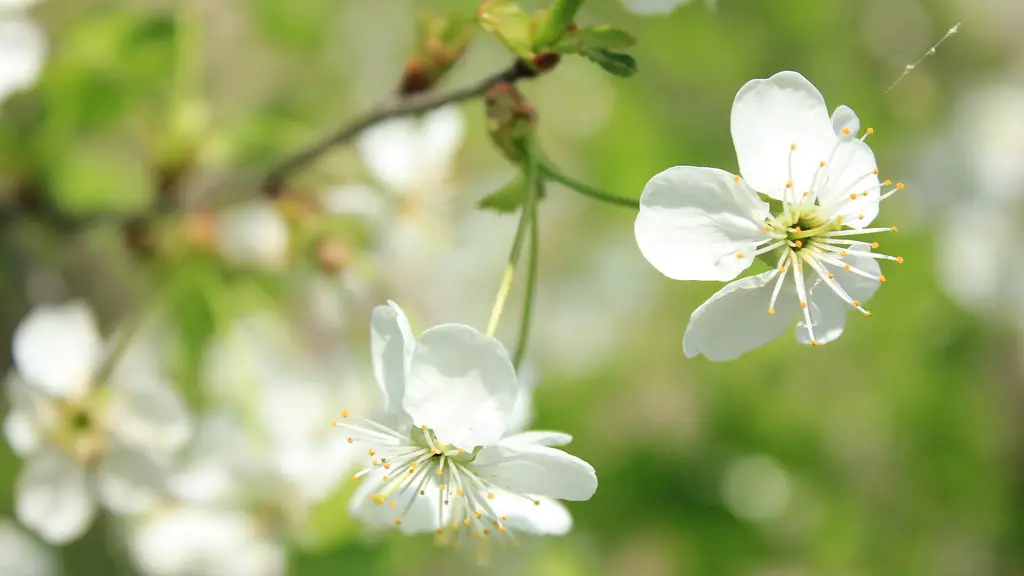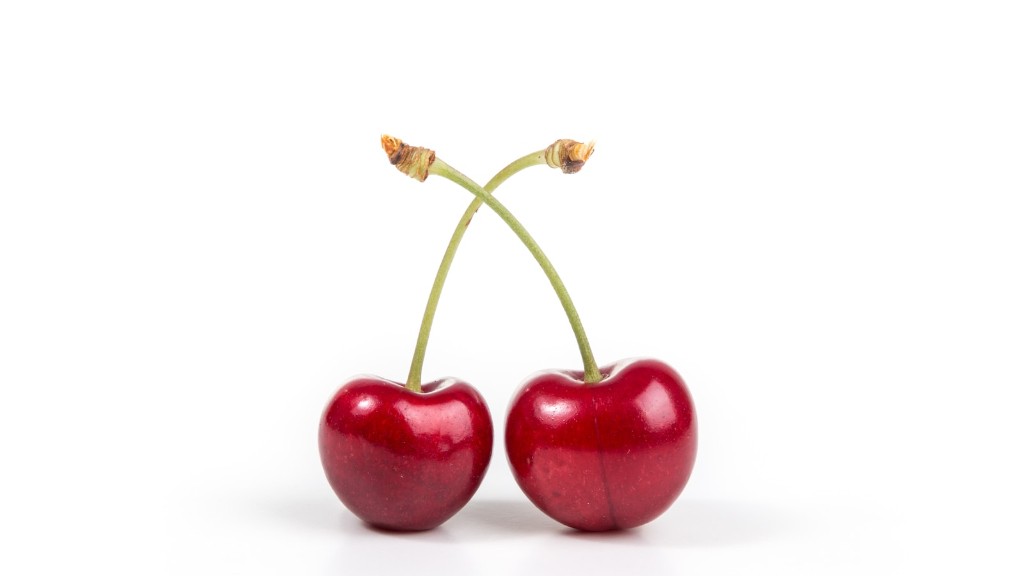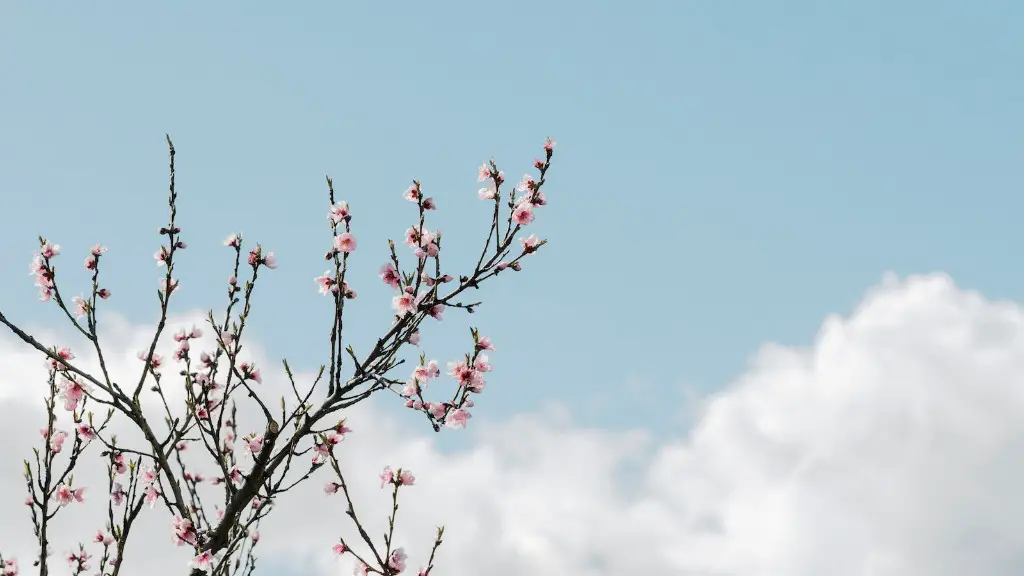Pruning a custard apple tree is a critical part of proper tree maintenance. It encourages healthy new growth and reduces the risk of disease and pest infestation. Pruning can also help to create an ideal outdoor environment, providing shade in the summer and light in the winter. To get the best results, it’s important to prune your tree at the right time of year and use the correct techniques.
The best time to prune a custard apple tree is in the spring, before any new foliage is produced. This gives the tree enough time to heal and regenerate new growth. Depending on the size of the tree and the desired shape, prune as much as you want, but take care not to remove too many limbs or branches. Make sure that all of the cuts are straight and clean to prevent infection.
When it comes to pruning tools, the most important ones are hand pruners and loppers. Sharp blades make smooth cuts and reduce the risk of damaging the tree. Choose one with a comfortable handle and an anti-slip grip to keep your hands safe. A small saw or pair of shears is also handy for branches too thick for loppers.
For younger custard apple trees, pruning should be more conservative and focus on removing dead branches and weak stems. This helps the tree focus on healthy new growth. As the branches grow, remove any crossing branches and use thinning techniques to open up the foliage and allow more light to reach the inner canopy.
For larger custard apple trees, pruning techniques should focus on reducing the height and width of the tree. Start by removing any dead or crossing branches. Then, make evenly spaced cuts around the main trunk to bring the height and width down. Cuts should be made on the outside of the tree, just above a bud pointing in the desired direction.
When pruning the canopy, it’s important to remove any dead or diseased branches first. Then, remove any weak or crossing branches, as well as any branches that are growing inward instead of outward. Next, thin out the branches slightly to improve airflow through the tree and allow more light to reach the inner foliage. Only remove one-third of the foliage at a time to prevent stressing the tree.
The most important part of pruning a custard apple tree is cleaning and sterilizing your tools after each use. This prevents the spread of disease and encourages healthy new growth. Use rubbing alcohol or a diluted bleach solution to wipe down your pruners and shears after every cut.
Tree Maintenance
To keep a custard apple tree healthy and thriving, it’s important to provide regular maintenance. This includes fertilizing the soil, checking for pests, and removing any dead or diseased branches. Fertilizing your tree every six months using an organic or slow-release fertilizer will help to keep the soil healthy and promote strong growth.
Pests and diseases can be controlled using a combination of natural methods and organic treatments. Check the foliage and branches for signs of infestation, such as spots or holes. Once identified, treat the problem with an appropriate solution such as neem oil, insecticidal soap, or horticultural oil.
Finally, remove any dead or diseased branches as soon as you notice them. Diseased branches can spread infection throughout the tree and make it much harder to keep healthy. Look for signs of decay, such as cracks, discoloration, or soft spots. If you find any dead or diseased branches, use a saw or pruner to cut them off.
Regular tree maintenance is essential for a healthy custard apple tree. Don’t forget to prune it every spring, check for pests and diseases, and fertilize the soil every six months. Together, these steps will help your tree stay strong and healthy.
If you can’t keep up with the maintenance on your own, you can hire a professional arborist who can perform regular inspections and make sure the tree is in good condition. This is often a good investment in the long term and can help to prevent major problems down the line.
Post-Pruning Care
Once you’ve finished pruning your custard apple tree, it’s important to take some steps to ensure the tree’s recovery. Immediately after pruning, spread a layer of mulch or compost around the base of the tree to insulate the root system. This helps to keep the soil moist and protects the tree from temperature fluctuations.
For large trees, it can also be helpful to stake or tie the trunk or the branches to help them stay in their desired shape. Staking and tying should be done before the tree has had time to heal and repair the pruning wounds. This will help keep the tree in place and ensure that the desired shape stays in place.
It’s also important to protect the tree from any pests or diseases following a pruning. Use a natural or organic treatment to spray the foliage and branches of the tree to help control and keep pests and diseases at bay. This will help to keep the tree healthy and reduce the risk of infection.
Finally, make sure to monitor the tree and its growth in the weeks and months following the pruning. This can help you identify any potential problems that may require pruning or treatment. Regularly monitoring will help you detect any issues before they become major problems.
Post-pruning care is an important part of keeping a custard apple tree healthy. Make sure to spread mulch or compost, stake or tie the trunk or branches, and use a natural or organic treatment to protect the tree from pests and diseases.
Types of Pruning
There are several types of pruning techniques used to maintain the health and aesthetics of a custard apple tree. The type of pruning technique used should depend on the size and shape of the tree, as well as its desired outcome. Common pruning techniques include heading, thinning, and shearing.
Heading is a technique used to reduce the size of the tree or remove certain branches or limbs. Cuts are made near the base of the tree, just above a bud that is pointing in the desired direction. This is a good technique to use if you want to control the size or shape of the tree.
Thinning is another common pruning technique used to improve air circulation and light penetration. It involves selectively removing branches throughout the tree to open up the canopy and reduce the amount of foliage. The idea is to create a balanced, even shape. This will help to keep the tree healthy and encourages new growth.
Finally, shearing is a pruning technique used to maintain the desired size and shape of trees. It involves making even cuts around the entire tree to create a rounded or formal shape. This is mainly used for ornamental trees, like those found in parks or public gardens.
There are several types of pruning techniques used to maintain the health and aesthetics of a custard apple tree. It’s important to select the correct technique for the desired outcome, such as heading, thinning, or shearing.
Safety and Prevention
Safety is always an important consideration when pruning any type of tree. If you’re not sure what you’re doing, it’s best to hire a professional arborist to do the job. They have the necessary tools and experience to get the job done safely.
If you decide to prune the tree yourself, follow all of the safety guidelines. Wear protective glasses and gloves, and be sure to keep the tree pruners, saws, and shears well-oiled and sharp. Don’t forget to clean and sanitize your tools regularly to prevent the spread of disease.
It’s also important to make sure the tree is properly supported when pruning. For large trees, tie or stake the trunk or branches to ensure they don’t move or break and cause injury. If you are using a ladder, be sure to use a spotter and have all the necessary safety measures in place.
Finally, don’t forget to remove any dead or diseased branches before pruning the healthy ones. Diseased branches can spread infection to healthy parts of the tree and make it much harder to control. If you find any issues, address them immediately to prevent further spread.
Safety is of utmost importance when pruning a custard apple tree. If you are not sure, it’s best to hire a professional. Wear protective glasses and gloves, keep your tools sharp and clean, and make sure the tree is supported before making any cuts.



